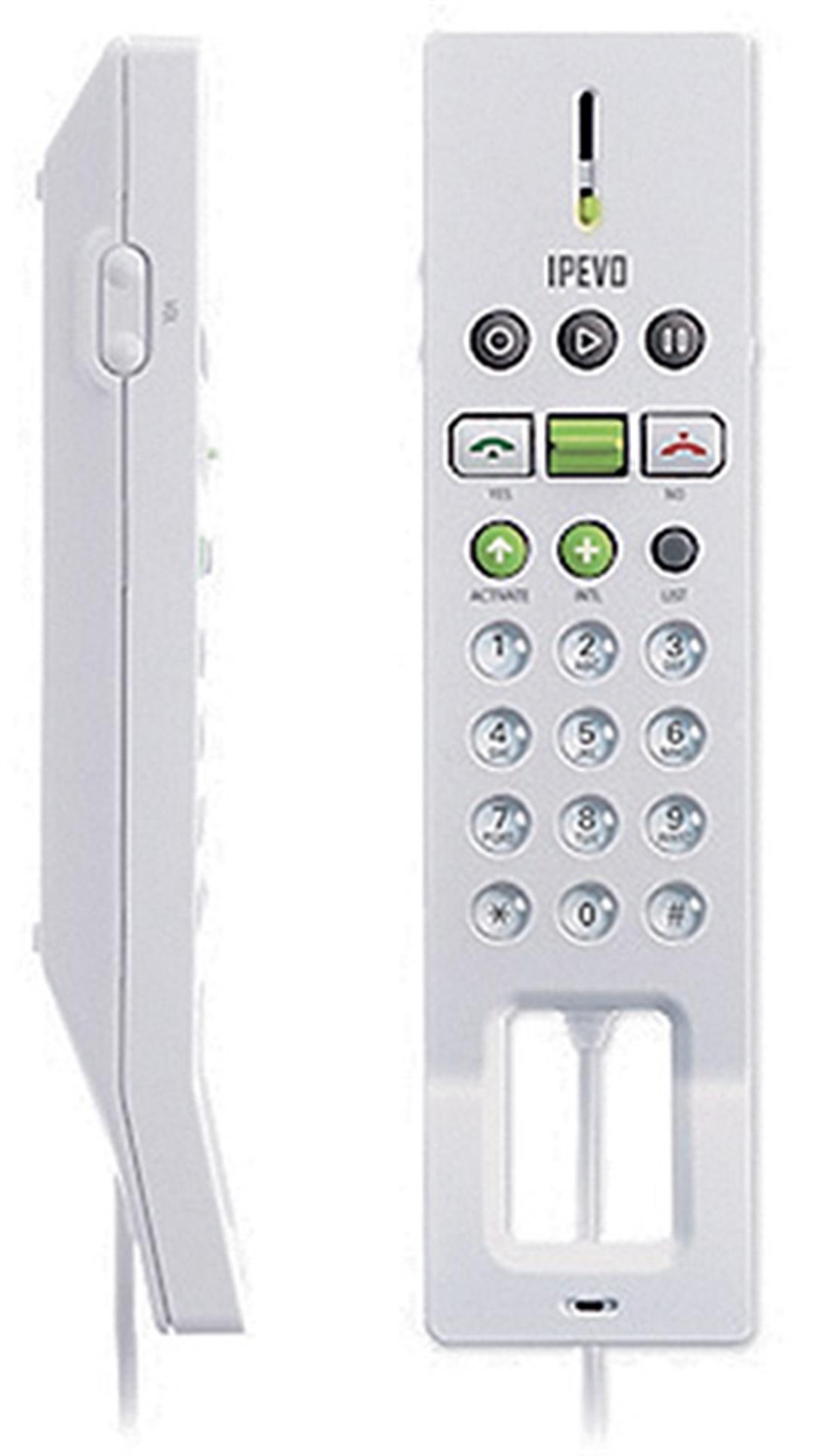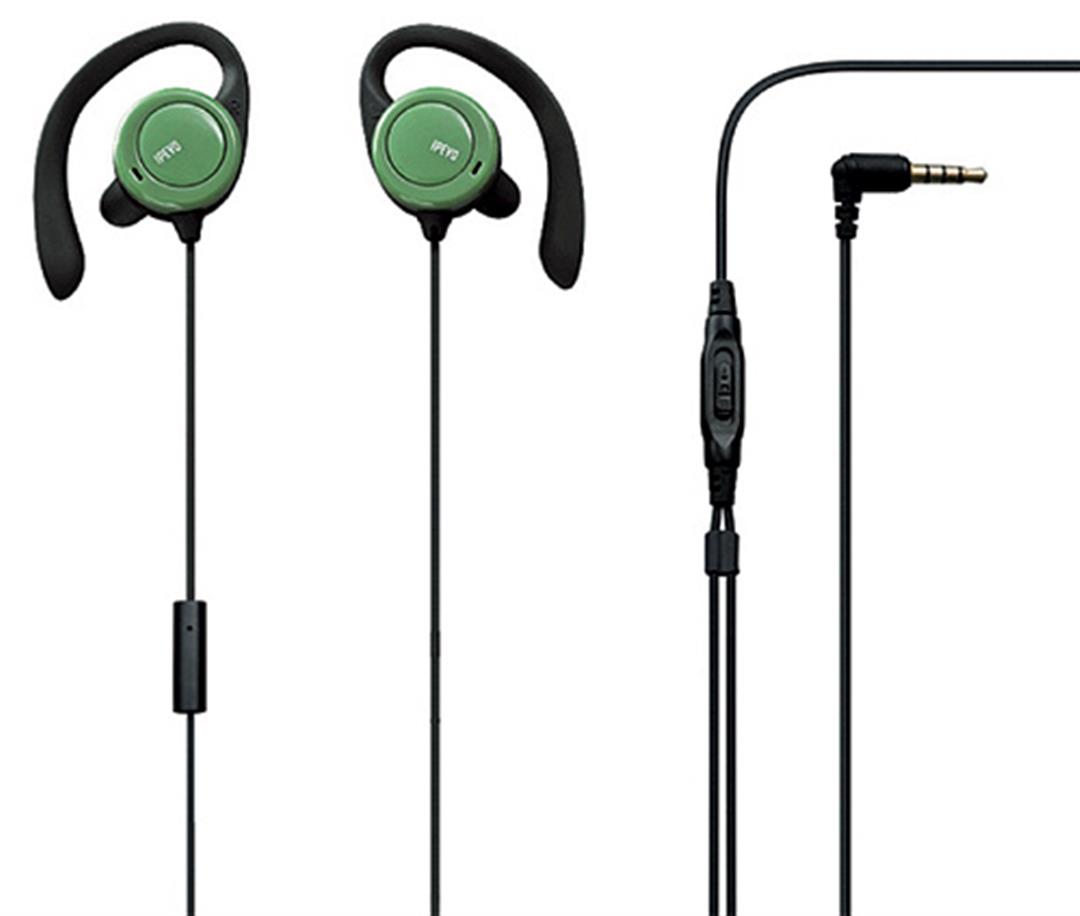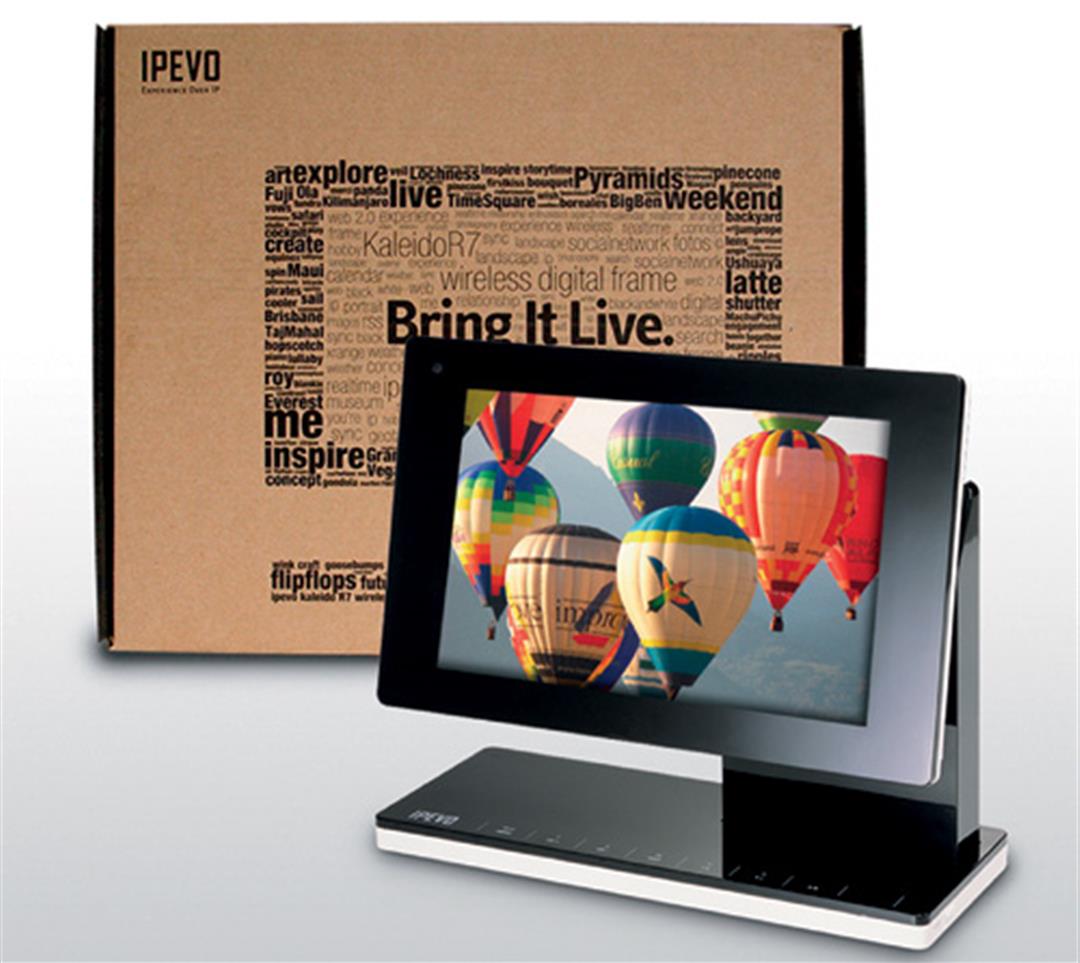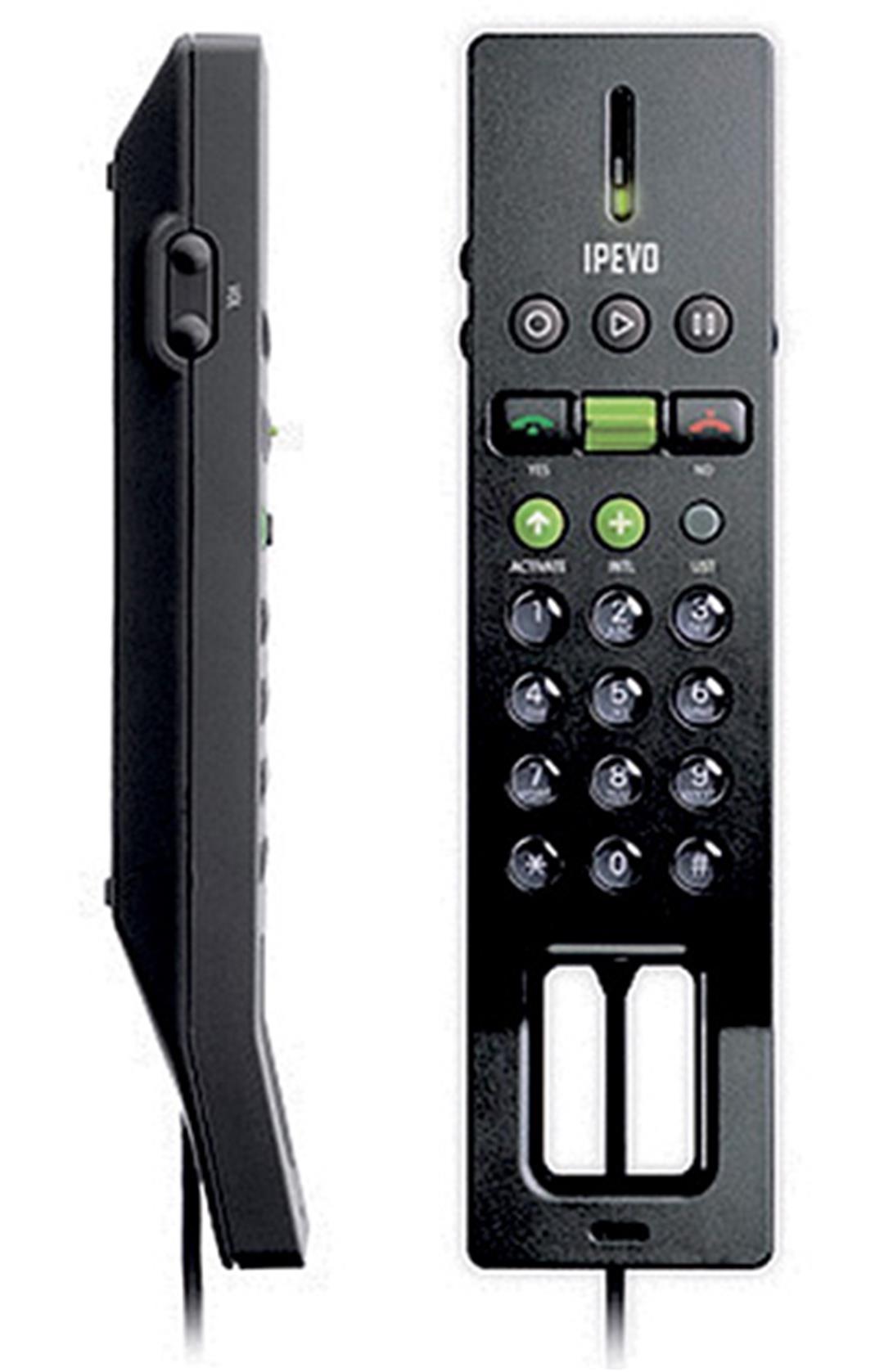Disruptive innovation
Forty-one-year-old Hong is also the grandson of Hong Chien-chuan, founder of Pana-sonic Taiwan, a local partner of the international household electronics brand. But the authority over making design improvements on the products manufactured by the family business was under the control of Pana-sonic Japan. So he decided instead to go into the field of his true love-design-and produce his designs under the IPEVO name.
"I like disruptive innovation!" he says, referring to paradigm-shifting new ideas. How to give the Internet a form, to bring it out of the purely virtual world and create new user experiences is IPEVO's design objective.
Hong started out by studying people's behavior patterns when using Skype as a means of long--distance communication. His findings became the basis for his designs, rather than merely designing a telephone. But he also wanted the user to understand the product at first glance, minimizing the unease of using unfamiliar computer software when making calls by emphasizing familiar behaviors.
This simple-looking, unembellished phone is loaded with features. The bottom of the phone angles outward slightly from the body of the device, so that the user need only apply light pressure to the base and the phone will be gently released into the hand without crushing the USB cord. And the 12-degree angled surface allows for comfortable use, conforming to the contours of the face.
The phone's mouthpiece features a hollowed-out design. First, it blocks signal-interfering crosstalk effectively, eliminating annoying echoes. Second, the user gets the feeling that he or she is speaking into something. The scroll button allows for easy up-down searches through the contact list, and you can even record your conversations. This eliminates all the busy mouse clicking to start up recording software while speaking through Skype on the computer.
"True industrial design is not merely dressing up a product; it's stepping into the user's experience and thinking about how it works rather than just how it looks. It's seeking value at a greater depth. Appearance is just the result of the designer's aesthetic sense," says Hong.
Word-of-mouth marketing
Again looking at the P2V camera, we understand that real-time videoconferencing is an important aspect of online communication. But almost all of the webcams on the market were designed for the same purpose: to capture images of talking heads in a way that mimics face-to-face conversations. This premise hasn't changed in the last decade; yet when two people are looking at each other on screen, barely a few minutes pass before they feel bored.
Hong believes that in face-to-face virtual communication, what the other person wants is to see what you see, rather than just to see you. Thus IPEVO designed the P2V with the concept of "see what I see."
In this age of burgeoning online information, IPEVO deeply believes in word-of-mouth marketing: user experience is the most powerful brand advocate of all.
"But this is a lesson I learned after wasting a lot of money on American retailers," laughs Hong. When IPEVO first entered the US market, they adhered to the traditional rules of the game, selling their products through such national chains as Best Buy and Fry's. But these retailers took a large cut of the profits, so IPEVO didn't make much. Moreover, they formed a barrier between IPEVO and the end user, so that the company felt they were unable to communicate well with the consumer or provide timely service. So to promote direct dialogue with the consumer, IPEVO built online shopping websites for Taiwan and the US.
A better world via design
The online shopping sites offer "unboxing" services for an extra degree of consideration.
"Unboxing" is when someone buys an electronic product, then documents with photos or on video all the steps of unpacking, setting up and using the product while making comments. This log is then posted to a blog to showcase all the features of the product. IPEVO observed the methods of these bloggers and hired three professional photographers to spend the day documenting the detailed features of the product and how it's used, so that viewers can get a good overall understanding of the product online.
Hong noticed that most of the online shopping sites in Taiwan care more about undercutting each other's prices than providing clear information or good customer service, meaning that there's ample room for competition in this area. Since the launch of IPEVO's website, over 90% of the com-pany's sales have taken place online, blowing traditional sales channels out of the water.
"What the iPhone sells is an innovative user interface and a lifestyle. It's a kind of 'cultural market share,'" says Hong. Many folk see the iPhone as a fad, a case of -blindly following fashion trends. Other major vendors try to grab market share by pushing products with a higher technical specification and a lower price, but they overlook Steve Jobs' focus on design and on achieving a fusion between technology and culture.
"There is no lack of beautiful products in this world, but there's a need for design ideas that will change the world," says Royce Hong. And IPEVO will be one to take on such tasks.

The dedicated Skype phone Free-1.

Chrono leather wrist strap for the iPod Nano.

Wireless digital photo frame.

The dedicated Skype phone Free-1.